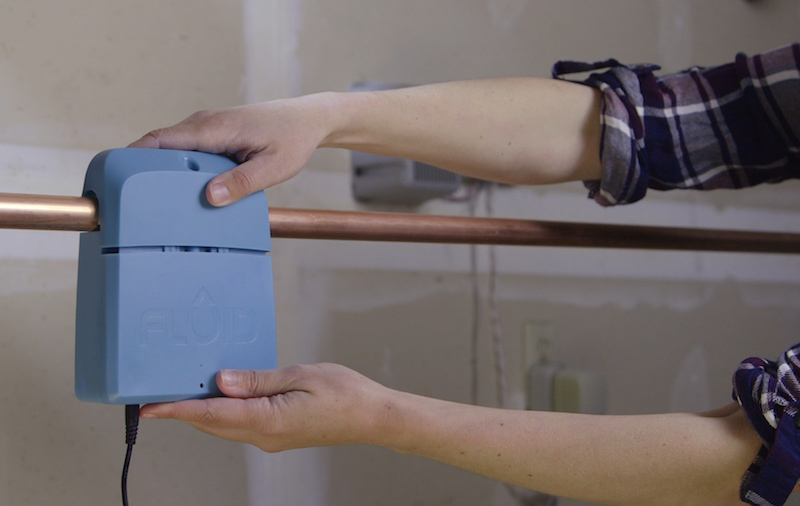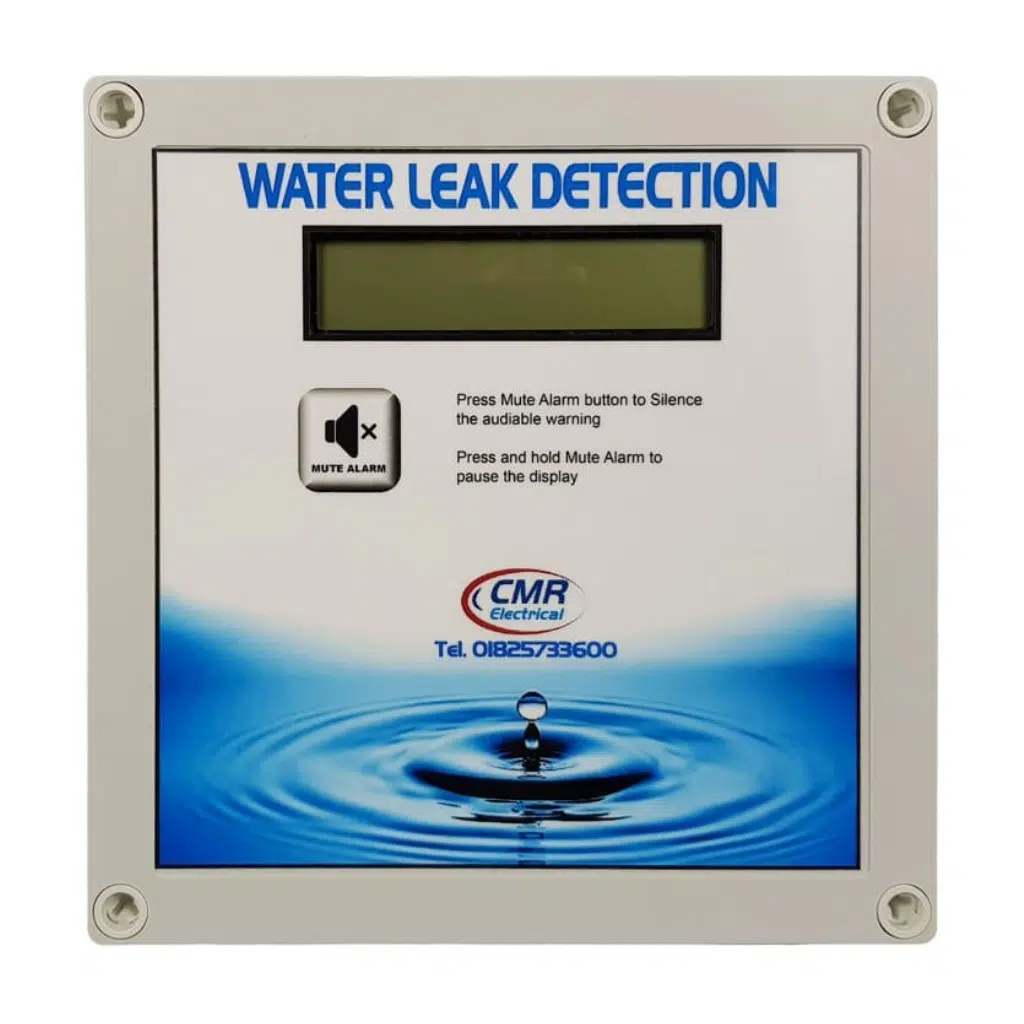Water Leak Detection: Just How to Identify and Repair Leaks Prior To They Create Damages
Water Leak Detection: Just How to Identify and Repair Leaks Prior To They Create Damages
Blog Article
Ingenious Solutions for Early Discovery of Water Leakages in Structures and Infrastructure
As the stability of buildings and infrastructure is extremely important, the obstacle of very early detection of water leaks has spurred innovative solutions that promise to reinvent the way we protect against prospective problems. From sophisticated leak discovery innovations to the deployment of IoT sensors for real-time monitoring, the landscape of leak avoidance is advancing rapidly. Machine knowing algorithms use a peek right into the future of leak forecast, while thermal imaging provides a non-intrusive method for pinpointing surprise leaks. Automated water flow analysis systems are improving just how leaks are recognized and addressed, leading the way for an aggressive approach to water leakage detection. Each of these options holds the crucial to making sure the integrity and long life of our built atmosphere, motivating a change towards a much more sustainable and reliable future.
Advanced Leak Detection Technologies
Advanced leakage discovery innovations, geared up with innovative sensing units and algorithms, play a critical duty in quickly determining and determining water leaks in various settings. These modern technologies use a mix of acoustic, thermal, and electromagnetic noticing approaches to find leakages precisely. Acoustic sensors find the sound of getting away water, permitting specific localization of the leak resource. Thermal imaging spots temperature level modifications triggered by water leak, giving one more efficient method for leakage identification. Electromagnetic sensors can recognize adjustments in electro-magnetic fields triggered by water, supplying yet one more layer of leak discovery capacity.

IoT Sensors for Real-Time Surveillance
In the world of modern water leak discovery, the assimilation of IoT sensing units for real-time monitoring represents an essential advancement in boosting aggressive leakage detection abilities. These sensing units offer continuous tracking of water supply, giving real-time data on water flow prices, stress variants, and temperature level changes. By leveraging IoT modern technology, these sensing units can find also the tiniest abnormalities in water use patterns, enabling very early identification of prospective leaks prior to they intensify into significant issues.
IoT sensing units send information to a centralized system, where advanced algorithms evaluate the information and generate signals or notices when abnormalities are identified. This real-time monitoring capacity enables residential or commercial property proprietors or center managers to promptly address leaks, decreasing water damage, reducing fixing prices, and saving water sources.
In addition, IoT sensors can be incorporated with building management systems, permitting computerized feedbacks to found leakages, such as turning off water shutoffs or turning on pumps to reduce the influence of leakages. In general, the execution of IoT sensing units for real-time monitoring dramatically improves the performance and effectiveness of water leak detection in structures and infrastructure.
Equipment Discovering Algorithms for Leak Prediction

One trick benefit of utilizing machine learning for leak forecast is its capability to continually discover and boost its precision with time. As even more information is gathered and fed right into the formula, it can refine its forecasts and adapt to transforming problems, eventually increasing the integrity of leak detection systems.
Furthermore, machine discovering formulas can help in determining subtle indicators of leakages that might go unnoticed by traditional monitoring approaches. water leak detection. By evaluating intricate data collections in real-time, these algorithms can supply early warnings and signals, allowing for punctual treatment and preventive upkeep to alleviate potential water damages and associated expenses
Using Thermal Imaging for Leak Discovery
Thermal imaging innovation uses an appealing method for spotting water leakages in various systems and facilities. By making use of infrared radiation and temperature variances, thermal imaging electronic cameras can identify concealed leaks that are not easily noticeable to the naked eye.
One of the essential benefits of thermal imaging for leakage detection is its non-intrusive nature. Unlike traditional methods that might require breaking into wall surfaces or floorings to locate leaks, thermal imaging permits non-destructive screening. This not just saves time and wikipedia reference lowers prices but likewise decreases interruption to the structure or framework being examined. Furthermore, thermal imaging can promptly scan big locations, supplying a detailed introduction of prospective leak sources in a timely manner. In general, the use of thermal imaging innovation boosts the efficiency and precision of water leakage detection, making it a beneficial device for maintaining the stability of structures and infrastructures.
Automated Water Circulation Evaluation Systems
Just how can computerized water circulation analysis systems transform the detection and management of leakages more tips here in numerous systems and frameworks? Automated water flow analysis systems use a proactive strategy to leak discovery by continuously monitoring water flow rates and patterns. By developing standard data, these systems can quickly identify variances that might show a leak, making it possible for prompt treatment to avoid comprehensive damages.
These systems use sophisticated formulas to assess real-time information and supply immediate informs when anomalies are spotted, enabling quick activity to be taken. Additionally, computerized water flow analysis systems can be integrated with building monitoring systems or IoT systems, enhancing overall efficiency and allowing remote surveillance capacities.
In addition, the information collected by these systems can be used for anticipating upkeep objectives, helping to identify prospective powerlessness in the facilities before leakages occur. Generally, the implementation of computerized water flow analysis systems can dramatically boost leak detection and monitoring techniques, inevitably bring about cost savings, decreased water wastage, and increased sustainability in structures and infrastructure.

Final Thought
To conclude, the assimilation of advanced leak discovery technologies, IoT sensing units, machine learning formulas, thermal imaging, and computerized water flow analysis systems offers cutting-edge remedies for early detection of water leaks in structures and infrastructure. These innovations next make it possible for real-time tracking, prediction of leakages, and efficient discovery approaches to protect against water damage and wastage. Carrying out these options can assist in preserving the stability and sustainability of water systems in different settings.
Report this page